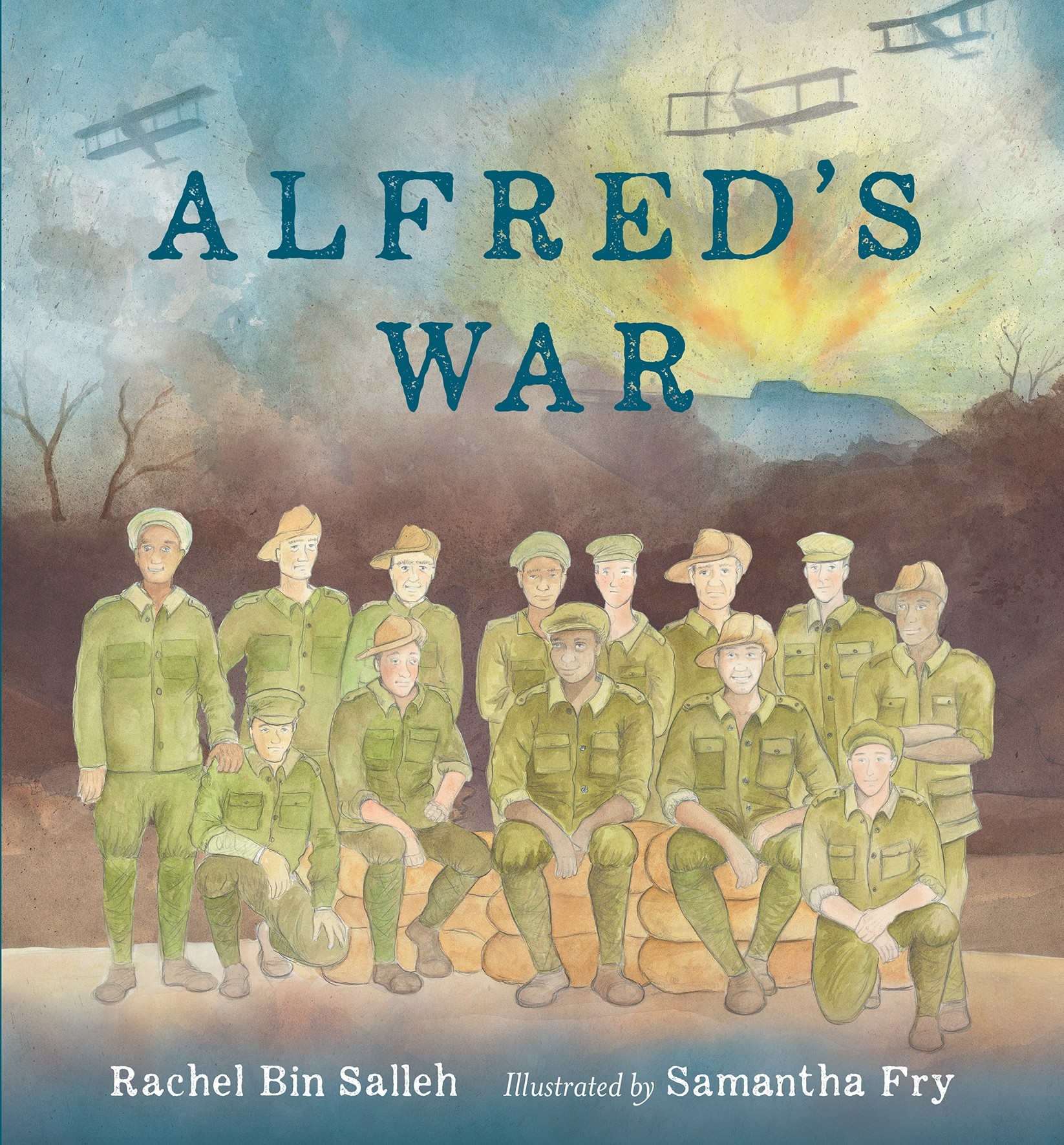Recognising Indigenous Military Service in the Classroom this ANZAC Day
Last year, the Royal Australian Mint launched a new coin to commemorate Indigenous Australians who have served in the military. The artwork on this special coin was designed by Kalkadoon artist Chern’ee Sutton, who says “I am honoured to have designed this significant artwork that recognises my brothers and sisters who have bravely fought in every conflict Australia has been involved in, it is a timely tribute to their sacrifices made for all of us”.
This coin is a timely reminder that Indigenous men and women have actively participated in and served their country in every conflict Australia has been a part of, despite being largely forgotten and ignored throughout Australia’s history of commemoration, with the stories and sacrifices of our people only being acknowledged in relatively recent years.
This year, I encourage all teachers and educators to actively seek out ways to include Indigenous perspectives in their ANZAC Day commemorations. To do so does not take anything away from the general lessons and commemorations schools usually partake in around ANZAC Day, but rather, value adds to the depth of experience of students, by engaging in truth-telling and rightfully acknowledging our First Nations contributions.
We have compiled a list of some great resources to get you started:
An article by Deadly Stories which provides an overview of Aboriginal and Torres Strait Islander involvement in the armed forces and reflects on key themes and legacies of that involvement.
Teaching Notes for the picture book Alfred’s War, which is a powerful story that unmasks the lack of recognition given to Australian Indigenous servicemen who returned from the WWI battlelines.
Teaching Notes for Charlie’s Swim
Information about the new coin mentioned above.
Black Anzac: the life and death of an Aboriginal man who fought for king and country



